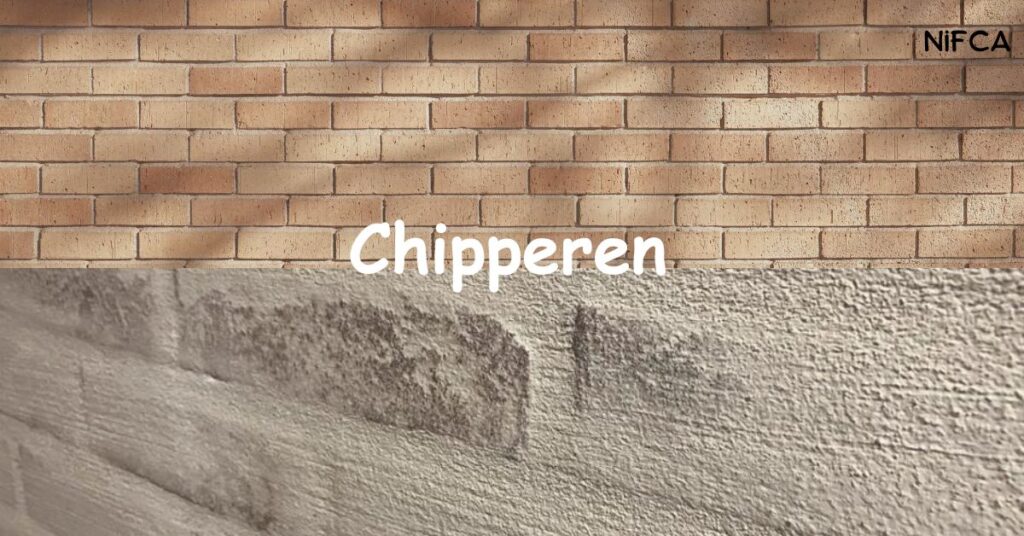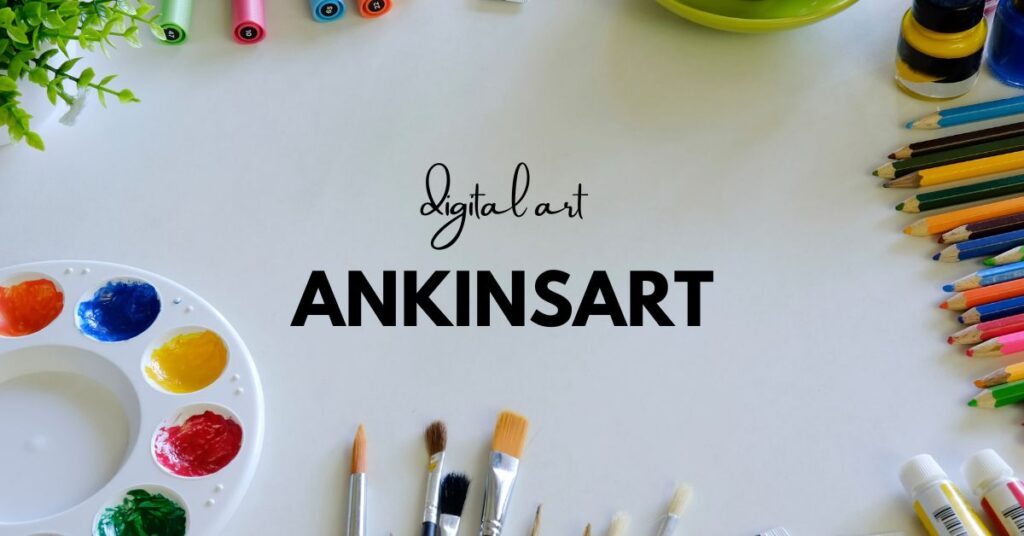In the always changing field of architecture, designers and architects are always searching for new and creative ways to produce buildings that are distinctive while also low-maintenance, sustainable, and useful. Chipperen is one such method that has become more popular recently. This special finishing procedure creates facades that are not only aesthetically pleasing but also long-lasting and energy-efficient by fusing classic masonry techniques with contemporary aesthetics.
Chipperen is a favorite in both residential and commercial building because of its adaptability to different architectural styles, emphasis on exposed, raw materials, and versatility in application. This article will examine the history, method, advantages, and uses of chipperen, giving readers a thorough understanding of why this method has grown to be so effective in modern architectural construction.
Historical Context: The Evolution of Chipperen
British architect David Chipperfield is credited with popularizing the decorative finishing method known as “chipperen.” He became well-known for using this technique in the early 2000s when creating a number of buildings in Berlin, where it was a recurring theme in his designs. By fusing innovative concepts with centuries-old craftsmanship, chipperen was a development of traditional brickwork that produced facades that were both contemporary and classic.
David Chipperfield’s aim to rethink the ways in which building surfaces could convey texture and materiality led him to investigate this method. His goal was to design facades that blended in with their surroundings and seemed organic. His buildings soon became iconic representations of chipperen in action, and his use of chipper mortar—a unique mixture created for this purpose—became the technique’s defining characteristic.
Chipperen has been widely used to improve building exteriors since then by other architects, and its application goes much beyond Chipperfield’s original buildings. These days, it can be seen in huge public and commercial buildings as well as family dwellings.
The Technique of Chipperen: Step-by-Step
Fundamentally, it is a technique that painstakingly layers a distinctive mortar finish over brick, stone, or concrete surfaces to apply it to a building’s façade. This mortar, sometimes known as chipper mortar, is intended to provide a beautiful, textured façade while exposing portions of the underlying masonry.
Here’s how the process works:
Preparation of the Surface: Prior to application, the surface is cleansed and ready for chipperen. To make sure the mortar sticks correctly, the wall is smoothed down and any dirt or debris is removed.
Application of Chipper Mortar: The surface is covered with a mixture of the specialty mortar. Although it is equally distributed among the bricks, it is important to note that the mortar is not entirely smoothed over the surface. Instead, a dynamic, textured finish is produced by leaving parts of the underlying brick exposed.
Curing and Finishing: The mortar is applied, then allowed to cure for a few days so that it solidifies and adheres to the surface. To enhance the texture, the facade is softly brushed or “chipped” once it has set, revealing more brick underneath.
Final Touches: The surface can be gently cleaned and sealed if needed when the mortar has fully cured. Through this procedure, the brickwork is purposefully and aesthetically preserved through the mortar, giving the facade a rich, textured, and nearly organic feel.
Architectural and Aesthetic Benefits of Chipperen
The visual versatility of chipperen is one of the main factors contributing to its rise in popularity in contemporary architecture. The method enables the creation of complex layers and textures for building facades. These textures offer a dynamic touch to a building by changing with the seasons, lighting, and weather.
Visual Appeal
An impression of sophistication and rusticity is produced by the exposed brick and chipped mortar. The texture diversity gives normally flat surfaces depth and character while also giving buildings a more organic appearance.
Adaptability to Different Styles
Chipperen is not restricted to any specific architectural style. It goes well with many different design styles, whether it is used on a sleek, contemporary building or an older, more conventional one. It adds to the allure of old structures while offering a counterpoint to minimalist architecture.
Play of Light and Shadow
The texture of the facade changes over the day as a result of the mortar’s interaction with natural light. As a result, the facade’s dynamic quality is enhanced and various areas of the exposed brick are highlighted by the play of light and shadow, creating a visually shifting experience.
Applications of Chipperen in Architecture
In terms of the kinds of structures and settings it can be utilized in, Chipperen is adaptable. The following are a few of the most popular uses:
Residential Buildings
Chipperen is becoming more and more common in contemporary and upscale residential structures. The method enhances both conventional and modern designs by giving home exteriors an additional layer of personality. It’s also commonly employed in older home renovations to add a contemporary touch while maintaining the historical appearance.
Commercial and Retail Spaces
It is used to produce eye-catching facades in commercial construction that offer useful features like energy efficiency. This strategy is frequently used in metropolitan settings where making an impression is crucial, such as shopping malls and office buildings.
Public Buildings
Chipperen’s ability to produce exteriors that are both aesthetically pleasing and long-lasting is advantageous for public buildings like museums, cultural centers, and libraries. The Neues Museum in Berlin and The Hepworth Wakefield in the UK are two examples of places where the method elevates the structures’ cultural relevance.
Advantages of Chipperen
The advantages of chippere’n extend beyond its aesthetic value. The following are a few of the useful benefits:
Durability
The facade is resistant to deterioration because of the extremely durable mortar used in chippere’n. Because of its resistance to severe weather, such as rain, snow, and strong sunlight, it is a durable option for building facades.
Energy Efficiency
The procedure adds an insulating layer that helps regulate internal temperatures, increasing a building’s energy efficiency. Over time, this may help lower the cost of heating and cooling.
Low Maintenance
The fact that chipperen requires little maintenance is one of its most notable advantages. The textured surface helps maintain the facade’s new appearance without frequent washing, and the mortar is made to withstand dirt accumulation.
Sustainability
It is a sustainable option since it uses natural materials, like as stone and brick, instead of artificial, non-renewable finishes.
Challenges and Considerations
Chipperen has several advantages, but there are also some drawbacks to take into account:
Climate Suitability
Chipperen might not be the best option in areas with high levels of dampness or severe weather because the exposed surfaces could eventually become damaged if not adequately sealed.
Expertise Required
Working with trained craftsmen is crucial to ensuring that chipperen is applied appropriately due to the precision required. Care must be taken when applying the finish to prevent uneven textures.
Initial Costs
The first application can be more costly than standard finishes, especially when using high-quality chipping mortar, but the approach is more cost-effective in the long run because of its longevity.
Conclusion
Chipperen is a deliberate architectural approach that combines sustainability, beauty, and usefulness; it is more than just a style choice. Chipperen is a method that will continue to be important in the future of modern architecture because of its capacity to improve building facades’ lifespan and aesthetic appeal. Chipperen can be used to create an eye-catching, long-lasting, and energy-efficient facade that will endure whether you are building a new structure or remodeling an old one
FAQs
What is chipperen?
Chipperen is a decorative architectural method in which parts of the underlying brick or stone are exposed on a building’s exterior by applying a particular mortar. The end effect is a textured surface that varies depending on the weather and light.
Can chipperen be applied to existing buildings?
It is possible to use chipperen on both new and old constructions. It is very helpful when renovating older buildings because it may give them character and texture.
How long does a chipperen facade last?
Chipperen facades are incredibly resilient and require little upkeep over many years. The mortar is made to resist deterioration and weather.
Is chipperen suitable for all climates?
Chipperen is most suitable for areas with moderate climates, despite its versatility. It could be necessary to take extra steps to safeguard the facade in places with excessive humidity or extremely high temperatures.
How does chipperen contribute to energy efficiency?
The chipperen process helps to control interior temperatures and save heating and cooling energy expenses by adding an additional layer of insulation to a building’s exterior.


